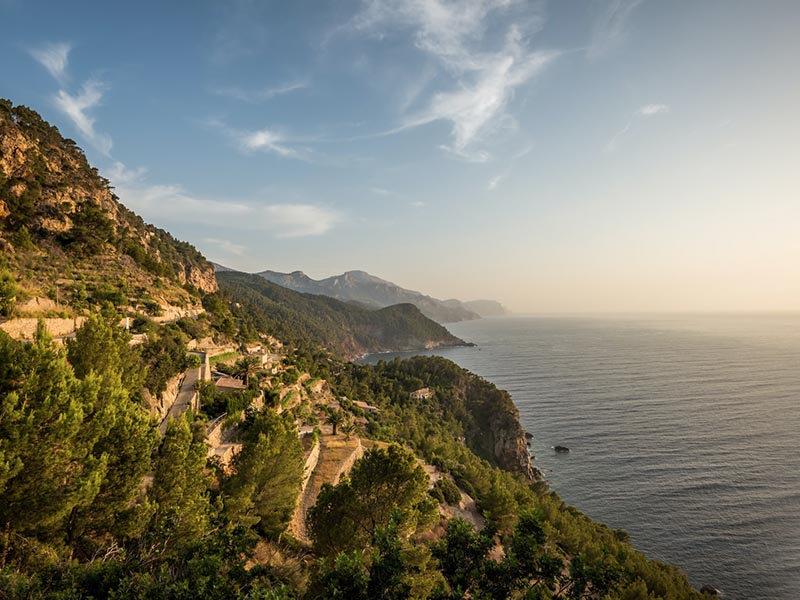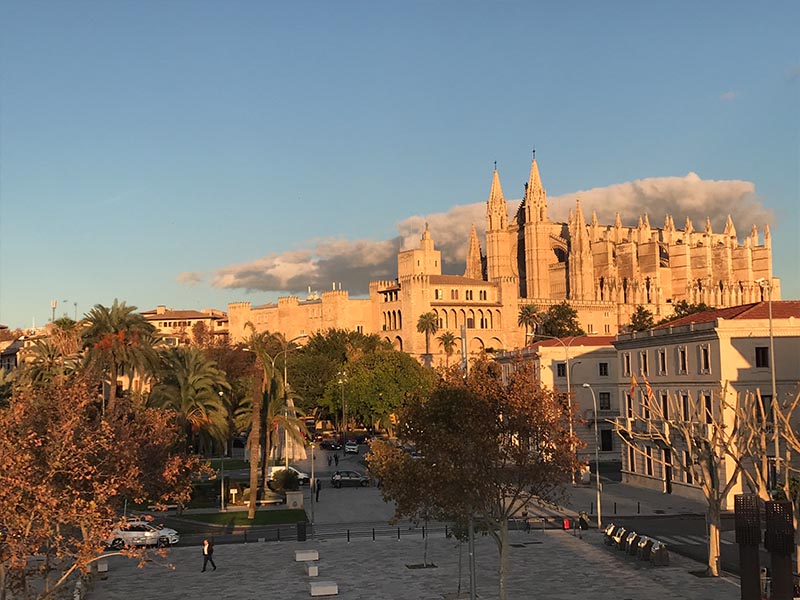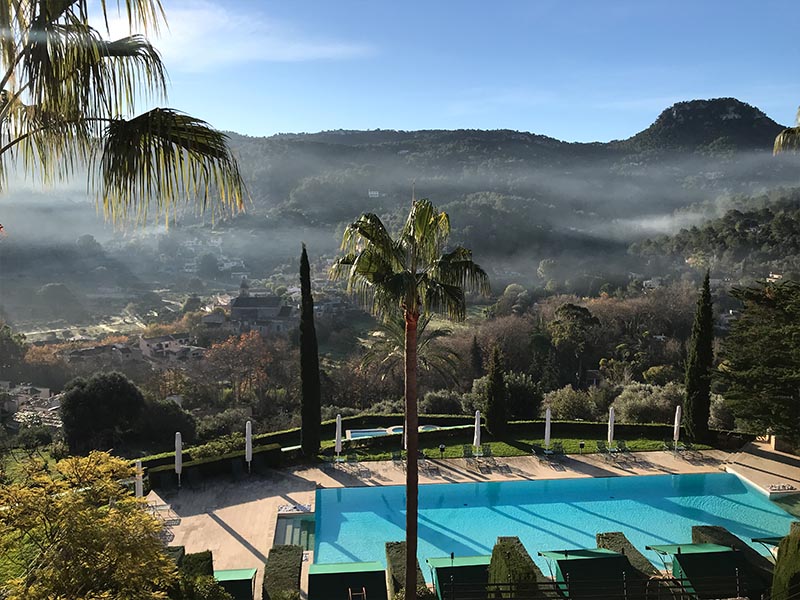Mallorca
Balearic Islands
Mallorca is much more known for its beaches than its wines. Like so many regions with a strong tourism industry, the vast majority of the wines are consumed locally by holiday-makers. With a captive and reliable clientele, there is very little incentive to focus on quality or take risks. Still, luckily a few producers are bucking the trend and making exciting wine.
And good thing, because Mallorca has a lot to offer: a Mediterranean climate perfect for viticulture, a diversity of terroirs, and most importantly, a host of indigenous grapes grown nowhere else. Callet, mantonegro, prensal, fogoneu, and ull de llebre are just a few of the historical grapes still harvested on the island. The vogue of international varieties did not pass Mallorca by either, so grapes such as chardonnay, syrah, and cabernet sauvignon are also widely planted. However, most quality producers eschew or de-emphasize these. Indeed, local grapes are far better adapted to the local climate, and in particular, its hot, dry summers, in which other grapes can easily over-ripen or suffer from lack of moisture.
Two denominations make up the historic viticultural areas of the island: Binissalem in the central, higher part of the island, is traditionally focused on the mantonegro grape. Plà i Llevant in the lower, eastern section, is more focused on callet and fogoneu. Additionally, vines have more recently been planted in the mountains of the Serra de Tramuntana in the north.
Binissalem
(bee-nee-sah-lehm)
Located in the central part of the island, the growing area of the Binissalem DO is on a plateau at around 250-300m elevation. The climate is classic Mediterranean with hot, dry summers and mild winters. The local grape mantonegro is perfectly suited to these conditions, handling heat and lack of moisture with aplomb. When grown and vinified properly, it produces aromatic, structured, elegant wines without over-ripeness or intense tannins. By law, red wines from Binissalem must be made with at least 50% mantonegro. White wines (far less prominent here) are usually based on moll (known as prensal in other parts of the island).
Wines from Binissalem
Plà i Llevant
Covering most of the south and eastern part of the island, Plà i Llevant sits at low altitudes (from sea level to 100m). The soils here are limestone and clay and the climate is Mediterranean, with hot summers and short, mild winters. Since it often will not rain at all during the summer months, the local drought-tolerant grapes are best adapted to the conditions. Callet and fogoneu (for the reds) and prensal (for the whites) tend to yield ample, friendly, fruit-forward wines with an unmistakable Mediterranean character.






